Siboney
Siboney
Ciboney, also spelled Siboney are Indian people of the Greater Antilles in the Caribbean Sea. By the time of European contact, they had been driven by their more powerful Taino neighbours to a few isolated locales on western Hispaniola (Haiti and the Dominican Republic) and Cuba. Within a century after European contact (Christopher Columbus landed in 1492), the Ciboney culture was largely extinct, although self-identifying descendants of the Ciboney survived.
Siboney
Siboney is a Cuban village and consejo popular (i.e.: people's council) located in the east of the city of Santiago de Cuba and belonging to its municipality. Siboney was also the location of a farm where Fidel Castro and his men gathered shortly before the attack on the Moncada Barracks, which is widely regarded as the start of the Cuban Revolution.
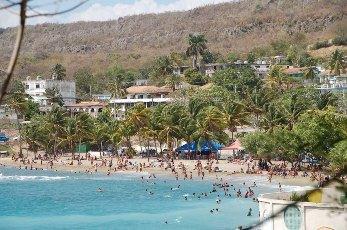
Siboney Village
"Siboney" is a 1929 classic Cuban song by Ernesto Lecuona.
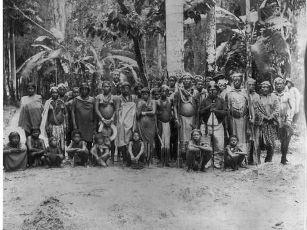
Ciboney people
Ernesto Lecuona (1896-1963) was a contemporary of George Gershwin (1898-1937), and both played similar roles in the development of the music of their respective countries, Cuba and the United States. They were each classical musicians, piano virtuosos and brilliant composers, who brought Afro-American strains of folk music characteristic of their countries — son cubano and jazz, respectively — into musical theater works (zarzuelas and musicals, some considered as operas today), piano concertos, works for solo piano, and many songs.
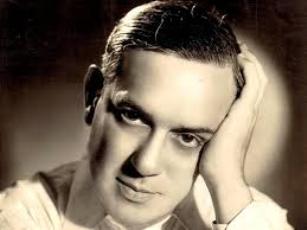
Ernesto Lecuona
“Siboney” is a song that has said “Cuba” to the ears and hearts of listeners around the world since 1929, in the same way that George Gershwin’s "Summertime" has infused listeners with a sense of Mark Twain’s America since 1935. These aren’t national anthems, they’re better, they are the songs of the soul.
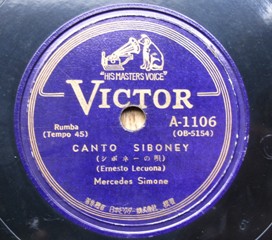
Mercedes Simone - Siboney, 1941
Lecuona was described as "a heavy-set, melancholic figure with famously dark eyes." He was "a popular host who invited friends to play music in his home in Jackson Heights, Queens, though he would escape on solitary walks when the company got to be too much," according to the Dictionary of Hispanic Biography. "Besides liking to play the piano, and collecting wood and stone sculpture of the Aztecs, Mayas, the ancient Peruvian Incas, his greatest delight is brewing strong, black Cuban coffee."
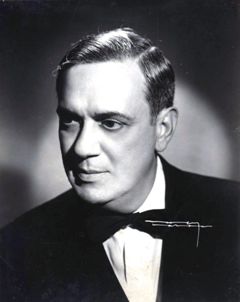
Ernesto Lecuona
As Carl Bauman observed in American Record Guide in 1997, "Lecuona, as perhaps Cuba's outstanding composer, certainly deserves to be better known." He created more than 1000 compositions, among them 176 pieces for piano and 37 orchestral pieces during his career. In a later review of another Lecuona recording in that same publication, John Boyer describes his music as "Latin music distilled for the middle-classes in the same way that Brahms and Liszt distilled Hungarian music for the consumption of 19th Century Germans."
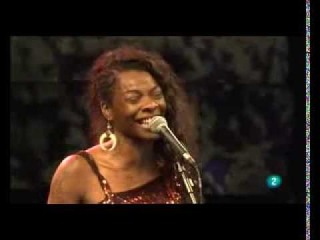
Concha Buika canta Siboney
Lecuona chose not to work at the piano while composing, preferring a card table. Typically, he would work in creative bursts that would produce astonishing results. He reportedly once wrote four songs that would become hits: "Siboney," "Blue Night," "Say Si Si," and "Dame tus dos rosas/Two Hearts That Pass in the Night," in a single night: January 6, 1929.
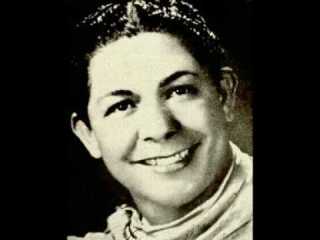
Eduardo Brito
The lyrics were written by Lecuona while away from Cuba and is about the homesickness he is experiencing (Siboney can also refer to Cuba in general). “Siboney” became a hit in 1931 when performed by the Dominican baritone Eduardo Brito. The song was used by Nino Rota in the score for Fellini's nostalgic memoir of the 1930s, Amarcord. An English version of the song was performed by Bing Crosby in 1945. English lyrics were written by Dolly Morse, but they bear no resemblance to the original Spanish.
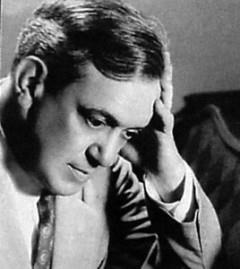
Ernesto Lecuona
Siboney by Ernesto Lecuona
Siboney, yo te quiero, yo me muero por tu amor. Siboney, en tu boca la miel puso su dulzor. Ven a mí, que te quiero, y que todo tesoro eres tú para mí. Siboney, al arrullo de la palma pienso en tí. Siboney, de mi sueños, ¿si no oyes la queja de mi voz? Siboney, si no vienes, me moriré de amor. Siboney, de mi sueños, te espero con ansia en mi caney, Porque tú eres el dueño de mi amor, Siboney. Oye el eco de mi canto de cristal, no se pierda por entre el rudo manigual.
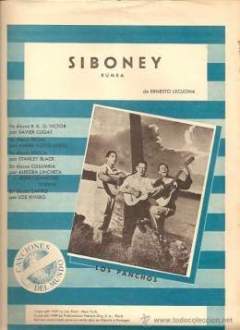
Trio Los Panchos - Siboney
Siboney (a poetic translation of Ernesto Lecuona’s lyrics)
Siboney, how I want you, I would die to have your love. Siboney, honey’s sweetness from your lips wings like a dove. Come to me, I who love you, my treasure, and want you as close to me as can be. Siboney, breezes whisper, as palms murmur thoughts of you. Siboney, my dreams call out, can’t you hear my voice for you all about? Siboney, if you don’t come I’ll die with your love away. Siboney, with tides dreaming in my hut awaiting you anxiously. You alone are that person who owns all my love, Siboney. Hear the echo of my song so crystal clear. Don’t lose your way in the shadows of swamp night fear.

Siboney painting by Fabian Perez








